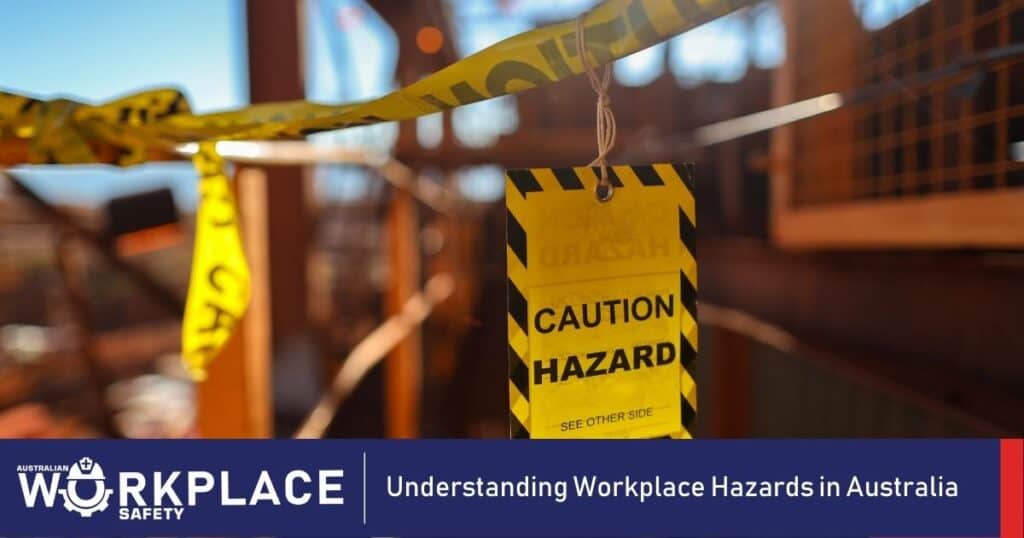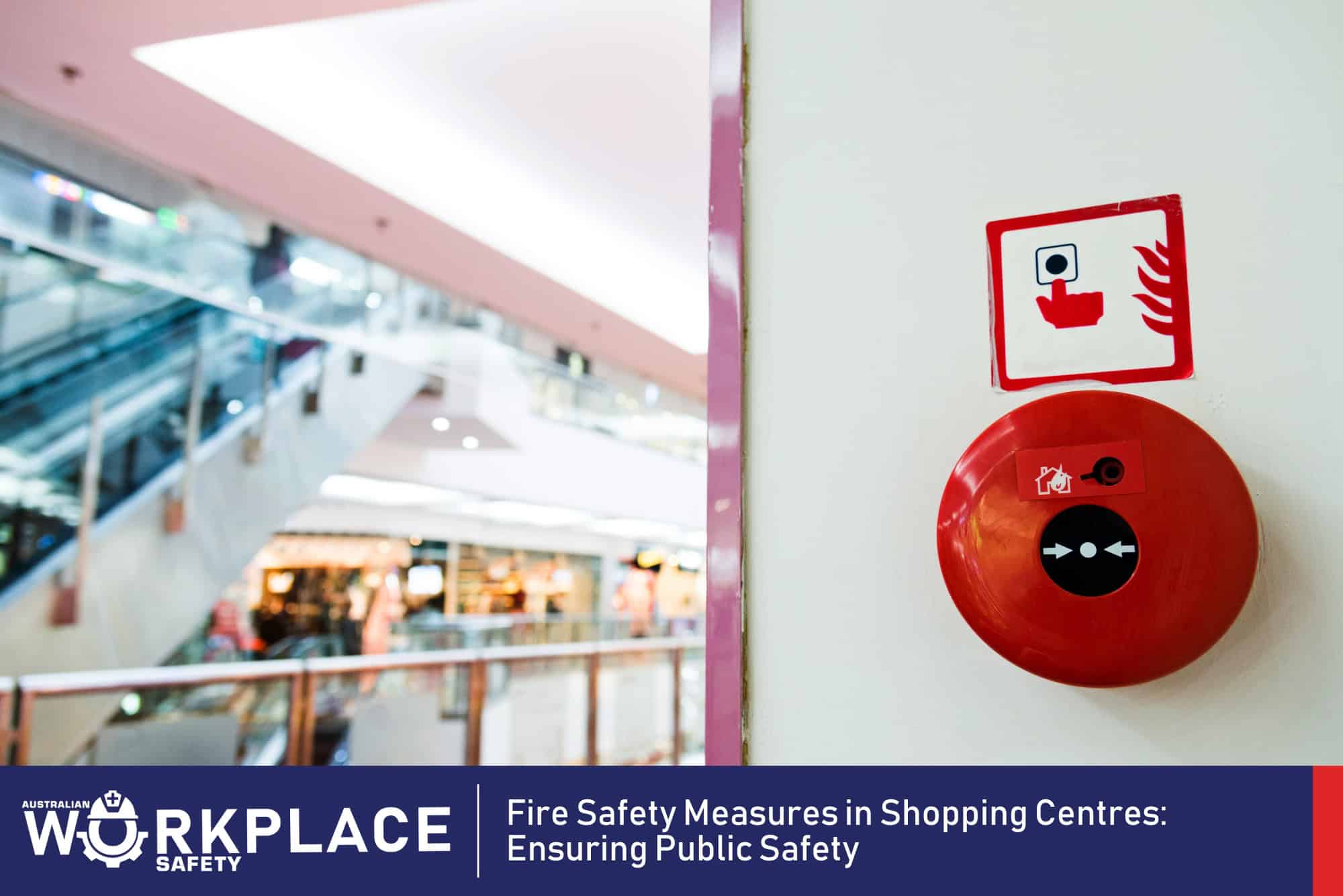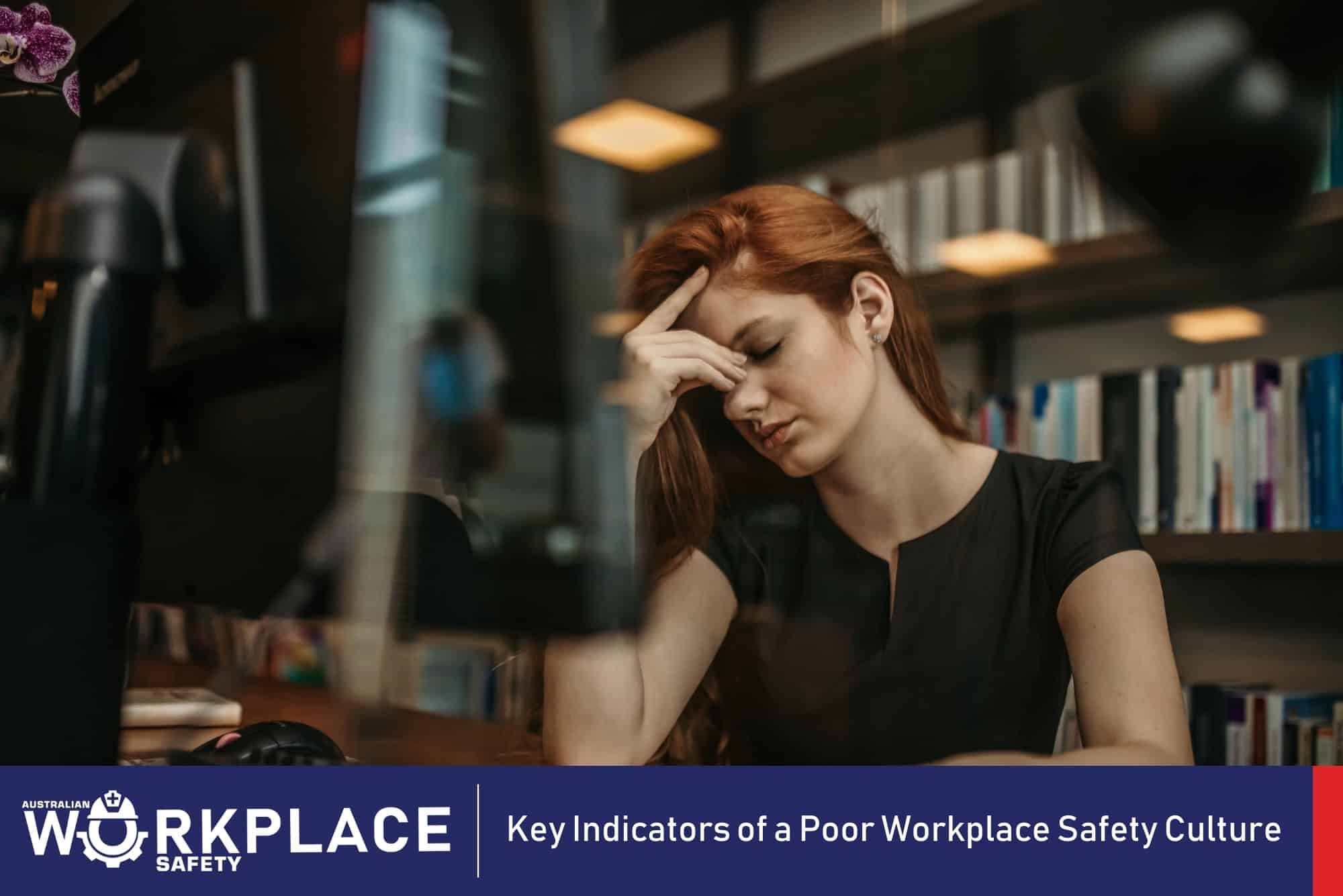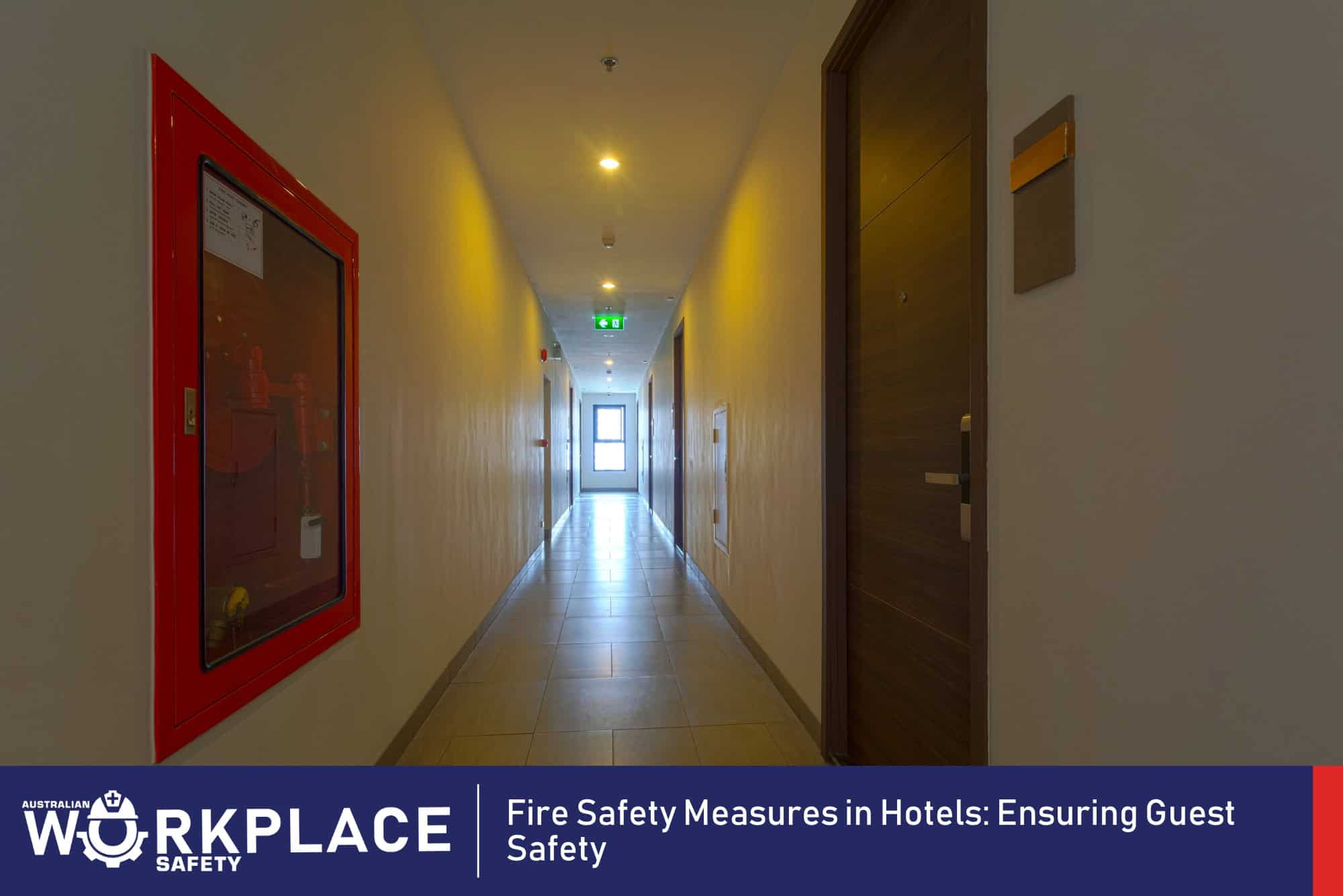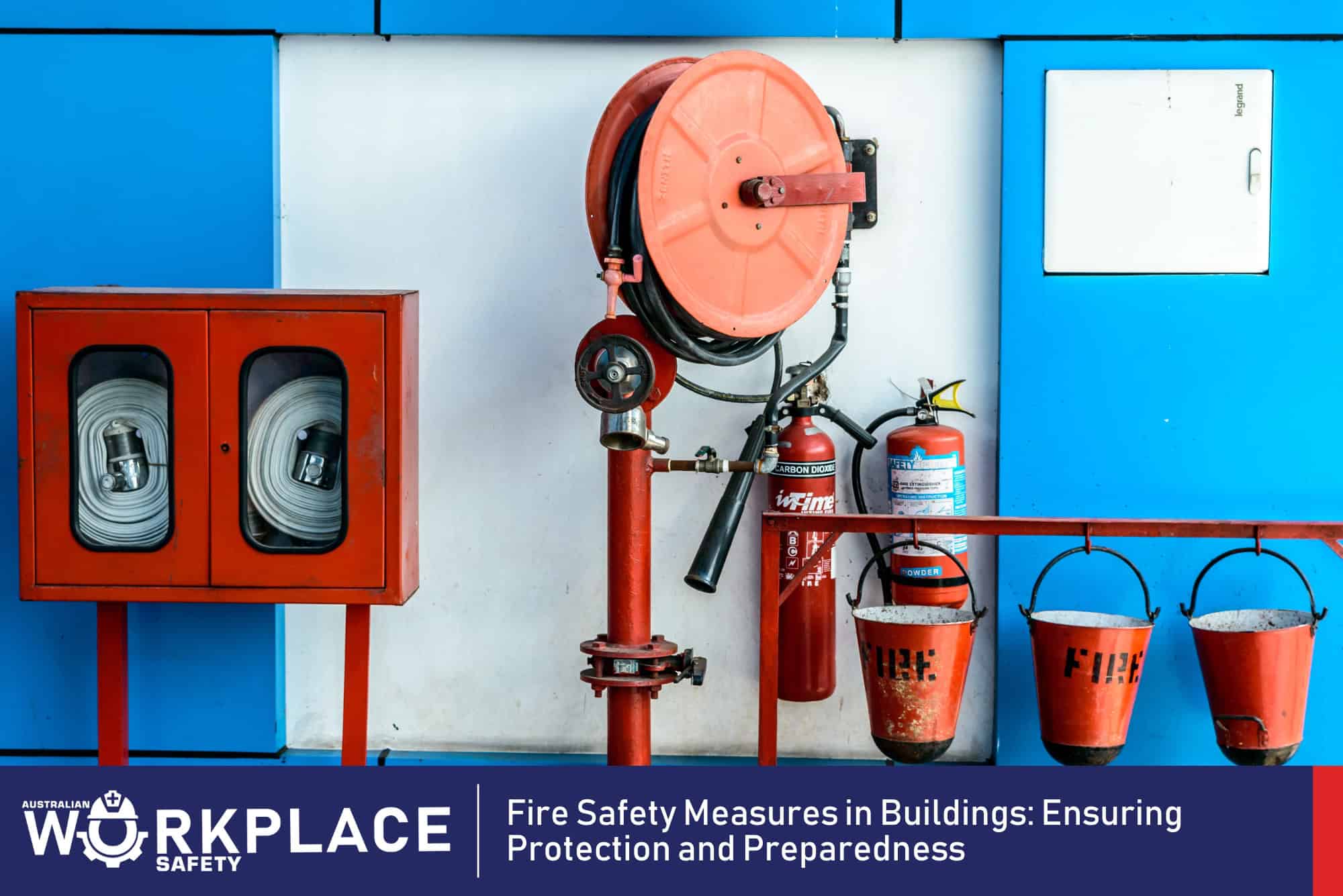Understanding Workplace Hazards in Australia
Understanding workplace hazards in Australia is crucial for ensuring the health and safety of employees. A workplace hazard is any potential source of harm or danger that can cause injury or illness to workers. These hazards can range from physical dangers such as slips, trips, and falls, to chemical and biological hazards, to psychological hazards such as stress and burnout. It is the responsibility of employers to identify and assess these hazards and implement appropriate measures to control or eliminate them. This includes regular safety inspections, training, and emergency response planning. By understanding and addressing workplace hazards, employers can create a safer and healthier work environment for their employees.
Physical Hazards: Slips, Trips, and Falls
Physical hazards, such as slips, trips, and falls, are among the most common workplace hazards in Australia. These types of hazards can occur in any workplace but are particularly prevalent in environments where employees are required to walk on wet or uneven surfaces, or work at heights. Slips and trips can occur due to spills, poor lighting, or cluttered walkways, while falls can occur from ladders, scaffolding, or other elevated surfaces.
To prevent these hazards, employers should ensure that walkways and work areas are kept clean and free of obstacles, and that appropriate lighting is provided. Employees should be provided with slip-resistant footwear and, when working at heights, safety equipment such as harnesses should be worn. Regular safety inspections and training on fall protection and slip, trip, and fall prevention should also be provided to employees.
Chemical Hazards: Exposure to Toxic Substances
Chemical hazards, or exposure to toxic substances, is another common workplace hazard in Australia. These hazards can come from a variety of sources such as cleaning products, pesticides, and heavy machinery. Inhaling toxic fumes, ingesting, or meeting chemicals can cause serious health problems, including respiratory issues, skin irritation, and even cancer.
To prevent chemical hazards, employers should conduct a thorough assessment of the workplace to identify any potential chemical hazards and implement appropriate control measures such as ventilation systems, Personal Protective Equipment (PPE), or substitution of less hazardous chemicals. Employees should be provided with adequate training on the proper handling, storage, and disposal of chemicals and emergency procedures in case of chemical spills or exposure.
Employers should also have emergency response plans in place to address chemical spills or exposure incidents.
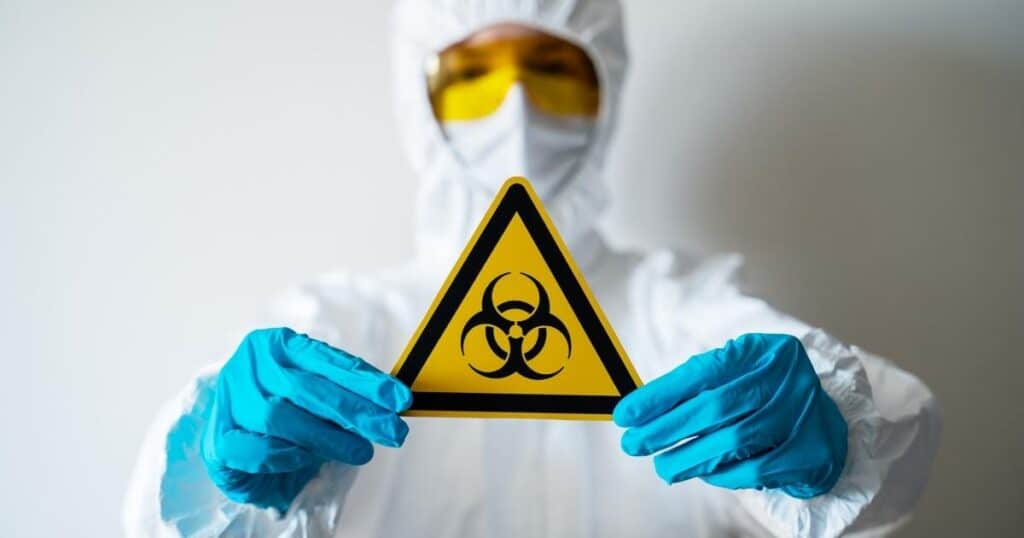
Biological Hazards: Exposure to Pathogens
Biological hazards, or exposure to pathogens, can be a serious workplace hazard in certain industries such as healthcare, agriculture, and food production. Pathogens can include bacteria, viruses, and other microorganisms that can cause illness or disease. In a healthcare setting, for example, exposure to pathogens can occur through contact with bodily fluids or contaminated surfaces, while in agriculture, it can occur through contact with animal waste.
To prevent biological hazards, employers should implement appropriate control measures such as regular cleaning and disinfecting of surfaces, providing personal protective equipment (PPE), and implementing good hygiene practices. In addition, employees should be trained on proper infection control procedures and protocols for handling and disposing of potentially contaminated materials. Employers should also have emergency response plans in place to address potential outbreaks or exposure incidents.
Ergonomic Hazards: Repetitive Strain Injuries
Ergonomic hazards, or repetitive strain injuries, occur when employees are required to perform the same motions repeatedly over an extended period. These types of hazards are common in industries that involve repetitive tasks such as assembly line work, data entry, and office work. Repetitive strain injuries can cause pain and discomfort in the muscles, tendons, and nerves, and can lead to long-term disability if left untreated.
To prevent ergonomic hazards, employers should conduct a thorough assessment of the workplace to identify tasks that may cause strain or injury, and implement appropriate control measures such as adjusting workstations, providing ergonomic equipment, and encouraging employees to take regular breaks and stretch. Training should be given to employees on proper posture and body mechanics and encouraged to report any discomfort or pain they may be experiencing.
Employers should also consider rotating employees between tasks to reduce the risk of repetitive strain injuries.
Fire and Explosion Hazards: Prevention and Response
Fire and explosion hazards are a major concern in the workplace, as they can cause serious injury or death, as well as significant damage to property. These hazards can be caused by a variety of factors such as electrical equipment, chemicals, or other flammable materials. To prevent fire and explosion hazards, employers should conduct regular fire safety inspections, and ensure that all fire safety equipment such as smoke detectors, fire extinguishers, and emergency lighting are in good working order.
Employees should be trained on evacuation procedures and the proper use of fire safety equipment. Employers should also have emergency response plans in place to address potential fire or explosion incidents. These plans should include procedures for evacuation, emergency notification, and emergency response, as well as regular fire drills to ensure that employees are prepared in case of an emergency.
Psychological Hazards: Stress and Burnout
Psychological hazards, such as stress and burnout, are a significant concern in the workplace. Stress can be caused by a variety of factors such as heavy workload, tight deadlines, and conflicts with colleagues or supervisors. If left unmanaged, stress can lead to burnout, a state of emotional, physical, and mental exhaustion. Both stress and burnout can negatively impact an employee’s overall well-being, as well as their work performance.
To prevent psychological hazards, employers should assess the workplace for potential sources of stress and implement appropriate measures to address them. This can include providing employees with adequate resources and support, promoting a positive work-life balance, and encouraging open communication between employees and management.
Employers should provide employees with access to Employee Assistance Programs (EAP) or other mental health resources. Employees should also be trained on stress management techniques.
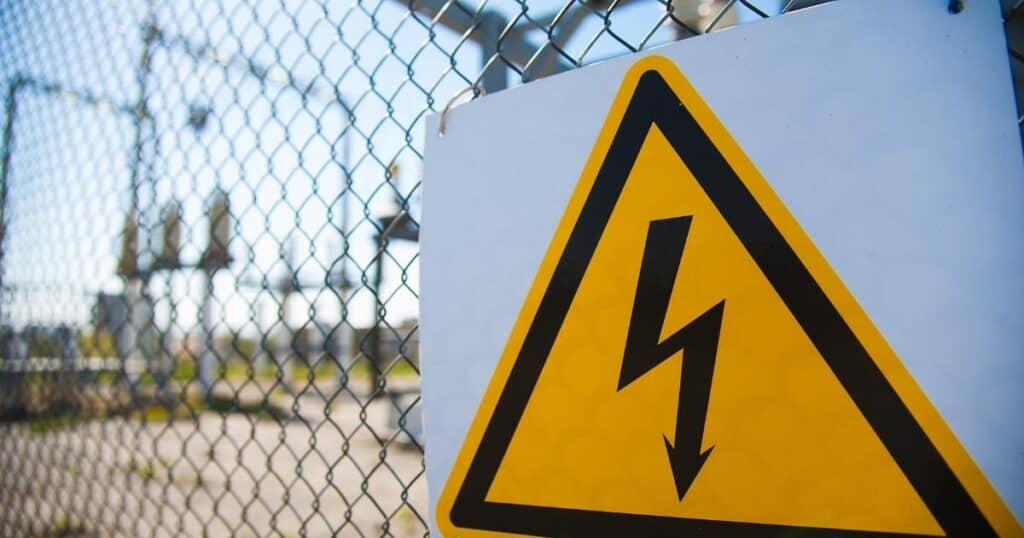
Electrical Hazards: Risks and Safety Measures
Electrical hazards, such as electric shock and electrical fires, can pose a serious risk to employees in the workplace. These hazards can occur due to faulty wiring, equipment, or improper use of electrical tools and devices. To prevent electrical hazards, employers should conduct regular electrical safety inspections and ensure that all electrical equipment and wiring is in good working order.
Employees should be trained on the proper use of electrical equipment and tools, as well as how to identify and report potential electrical hazards. Employers should also establish safe work practices and procedures for working with electrical equipment and provide personal protective equipment (PPE) such as rubber gloves and safety glasses.
Regular testing and maintenance of the electrical system should be done by licensed electricians to ensure the safety of the workers.
Noise and Vibration Hazards: Impact on Health and Safety
Noise and vibration hazards can have a significant impact on the health and safety of employees in the workplace. Prolonged exposure to loud noise can cause hearing loss, while exposure to vibration can cause hand-arm vibration syndrome and other musculoskeletal disorders. These hazards are common in industries such as construction, manufacturing, and mining.
To prevent noise and vibration hazards, employers should conduct regular noise and vibration assessments to identify potential sources of exposure and implement appropriate control measures such as providing noise-cancelling equipment, enclosing noise sources, or limiting the time employees spend in high noise or vibration areas. Employees should be provided with appropriate personal protective equipment (PPE) such as earplugs or earmuffs.
Employers should also provide regular training on noise and vibration hazards and the importance of using PPE, as well as establish safe work practices and procedures for working in high noise or vibration areas.
Climate-related Hazards: Heat and Cold Stress
Climate-related hazards, such as heat and cold stress, can pose a significant risk to employees in certain industries, especially those that involve working outdoors or in temperature-controlled environments. Heat stress can occur when the body is unable to cool itself down, leading to heat exhaustion, heat stroke, and other heat-related illnesses. Cold stress can occur when the body is unable to maintain its core temperature, leading to hypothermia, frostbite, and other cold-related illnesses.
To prevent climate-related hazards, employers should conduct regular assessments to identify potential sources of exposure and implement appropriate control measures such as providing adequate shade, ventilation, or heating, as well as providing appropriate personal protective equipment (PPE) such as insulated clothing, hats, and gloves. Employers should also provide employees with regular training on the dangers of heat and cold stress, as well as on the proper use of PPE.
Additionally, employers should establish safe work practices and procedures for working in extreme temperatures and ensure that employees are aware of the signs and symptoms of heat and cold stress, and how to respond in case of emergency.
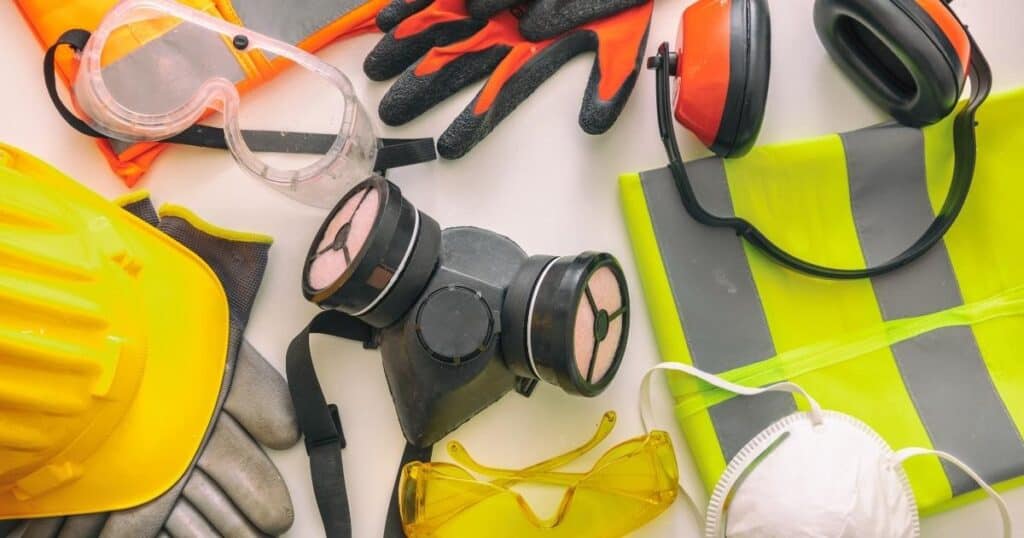
Vehicle and Mobile Plant Hazards: Prevention and Response
Vehicle and mobile plant hazards are a significant concern in the workplace, as they can cause serious injury or death, as well as damage to property. These hazards can occur in a variety of industries such as construction, mining, and transportation, and can be caused by a variety of factors such as poor maintenance, operator error, or faulty equipment.
To prevent vehicle and mobile plant hazards, employers should conduct regular safety inspections and ensure that all vehicles and mobile plants are in good working order and that operators are properly trained and licensed. Employers should also establish safe work practices and procedures for working with vehicles and mobile plants and provide employees with appropriate personal protective equipment (PPE) such as hard hats and high-visibility clothing.
Employers should also have emergency response plans in place to address potential vehicle or mobile plant incidents and provide regular training on emergency procedures. Regular monitoring and maintenance of the vehicles and equipment should be done to ensure the safety of the workers.
Importance of Workplace Safety in Australia
Workplace safety is of paramount importance in Australia, as it is essential for protecting the health and well-being of employees. A safe work environment not only prevents injuries and illnesses, but also improves productivity, reduces absenteeism, and increases employee morale. Employers have a legal and moral responsibility to provide a safe and healthy work environment for their employees, which includes identifying and assessing hazards, implementing appropriate control measures, and providing regular training and education on safety practices and procedures.
Employees also have a responsibility to follow safe work practices and report any hazards or incidents. By working together, employers and employees can create a safer and healthier work environment. Furthermore, proper workplace safety measures can also help to avoid costly compensation claims and legal issues. Workplace safety is essential for the well-being of employees, the success of the business, and the society.
Contact Australian Workplace Safety to know about workplace hazards in Australia
Are you an employer looking to improve the safety and well-being of your employees in the workplace? Look no further! As a leading provider of workplace safety solutions in Australia, we understand the importance of identifying and addressing common workplace hazards such as physical hazards, chemical hazards, biological hazards, ergonomic hazards, fire and explosion hazards, psychological hazards, electrical hazards, noise and vibration hazards, climate-related hazards, and vehicle and mobile plant hazards.
Our team of experts have the knowledge and experience necessary to conduct thorough assessments of your workplace, identify potential hazards, and implement appropriate control measures to eliminate or reduce the risk of injury or illness. We offer a wide range of services including safety inspections, training and education, emergency response planning, and more.
Don’t wait until it’s too late. Protect your employees and your business by investing in our comprehensive workplace safety solutions. Contact us today to learn more about how we can help you create a safer and healthier work environment for your employees.
